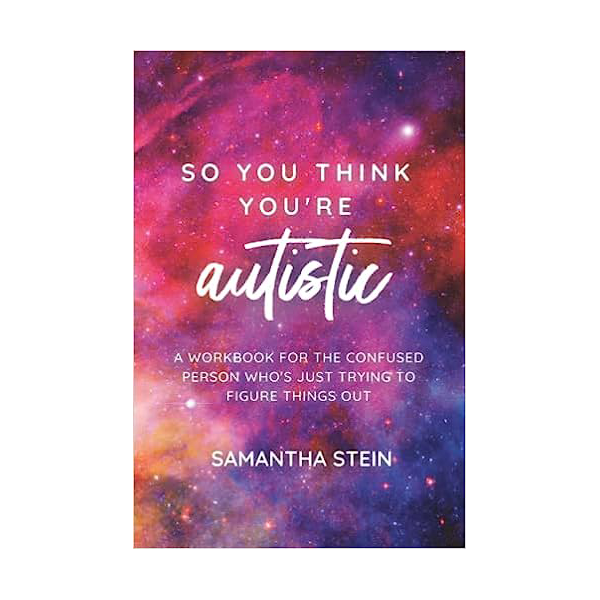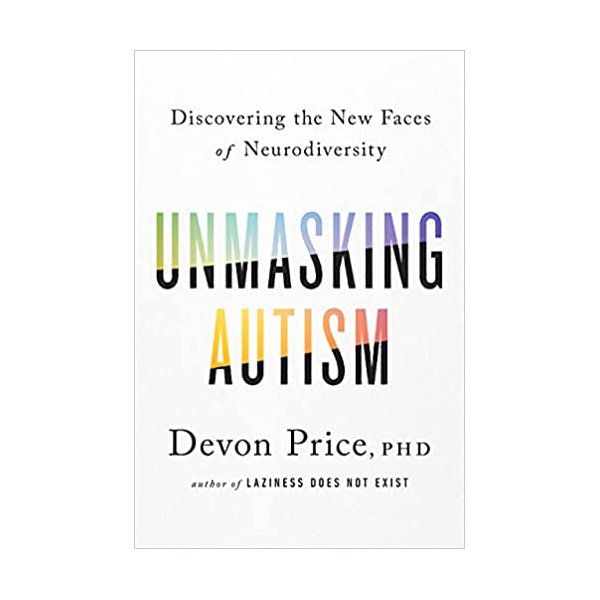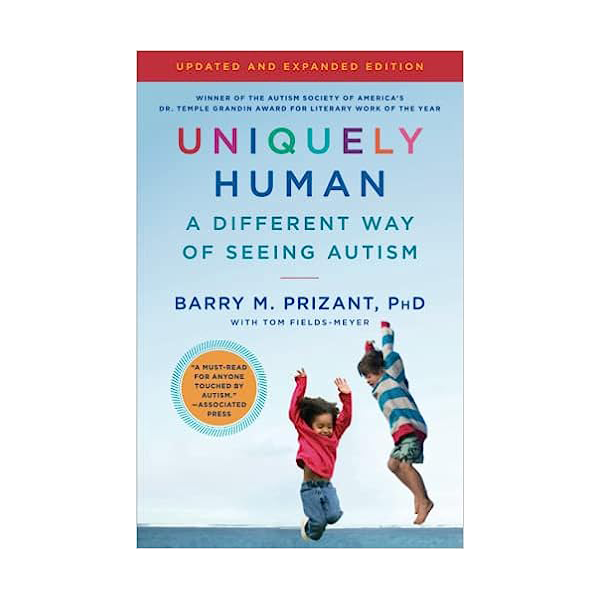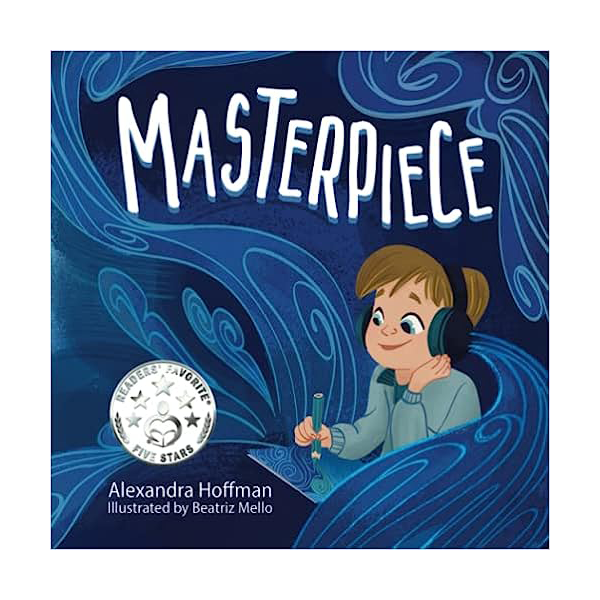Double Your Productivity: Unleash the Power of Body Doubling for ADHD
Executive Function & ADHD
Living with ADHD has plenty of good things that we love, but it also means sometimes grappling with executive dysfunction. This can interfere with home- and self-care tasks that we all need to complete on a daily basis. The fluctuations in dopamine levels affect cognitive processes like attention, planning, and organization, which can make it difficult to start chores. This executive function deficit can leave individuals feeling overwhelmed and frustrated about their obligations.
What is body doubling?
Incorporating body doubling into your ADHD toolkit can be a game-changer. This strategy involves a friend, family member, acquaintance, or stranger you met on the street (just kidding!) keep you company while you handle the tasks that might be challenging for you. Having a friend in the room while you work can help you stay focused, engaged, and motivated to knock out your to-do list. It’s helpful to have someone to talk to and joke with, and hopefully this person can point it out if you get off-track. They definitely don’t need to do your work for you or even help – just hanging out while you work is enough to make a big impact.
Harnessing the Power of Body Doubling
What can body doubling help with?
Everyone is different, so you might find that body doubling is more helpful with some types of work than others. We’ve put together a list of things that we’ve seen body doubling help with:
- Cleaning and organizing
- Homework
- Budgeting and paying bills
- Writing reports or essays
- Exercise
- Working from home
- Studying for exams
- Preparing presentations
- Reading
- Creative hobbies
- Home improvement projects
Suggesting Body Doubling to Someone Else with ADHD
For parents, caregivers, and other adults charged with helping a kid with ADHD, navigating a child’s executive dysfunction can be a challenge. Being understanding about the way their brain works, while still trying to teach them to be accountable, is a fine line to walk. Body doubling is one tool that can help to empower the kiddo to still do their chores or homework while keeping them on-track and focused.
A few tips for suggesting and implementing body doubling with a child or teenager:
Open Communication
Have an open and honest conversation with them about their challenges. Explain body doubling, why you think it might help, and ask if it’s something they would like to try.
Set Clear Expectations
Define the tasks that you’ll use body doubling for and be clear about the outcomes you’re hoping to see. Establish boundaries together, like what types of work the body double can/will help with, how often the child can take breaks, etc.
Identify Body Doubling Partners
If you live in the same home as the child/teen, then you might be a great option. If you don’t, or even if you do and sometimes have other things you need to do (you know, like a normal person), then talk with them about other people who might be able to help as body doubles. Make sure the body double knows their role, understands what they are/aren’t expected to do, and feels comfortable speaking up if something isn’t working.
Collaborate and Participate
When you can, participate in body doubling sessions alongside the child. This not only shows your support but also strengthens your bond with them and increases accountability.
Celebrate Achievements
Recognize and celebrate the accomplishments! Positive reinforcement can boost motivation and reinforce the effectiveness of this strategy, especially if you can make sure the kiddo knows that you saw how hard they worked.
Try it Out!
Body doubling is a clever life hack for people with ADHD. Experiment with the strategy, adapt it to your specific needs, and witness the positive impact it can have on your ability to stay focused, engaged, and motivated. Remember, everyone’s journey is unique, so explore different approaches and find what works best for you.
A final note about us
We’re not doctors, and we absolutely believe in science. Our resources here are informative only, and should not be taken as medical advice. We’ll update our content as new research emerges, so if you see something that’s gotten out-of-date, please send us a message!
Neurospicy Stuff
-

So you think you’re autistic: A workbook for the confused person who’s just trying to figure things out Paperback




Leave a Reply
You must be logged in to post a comment.